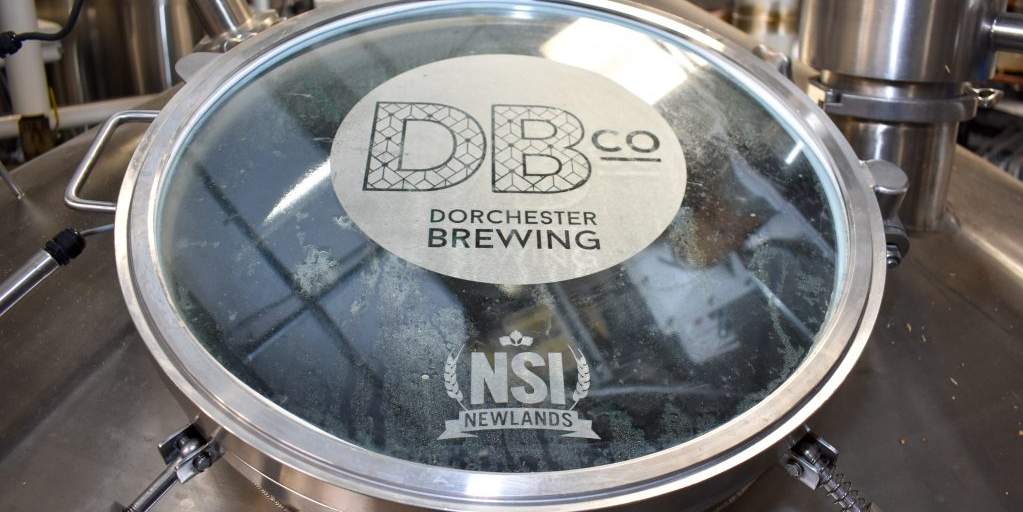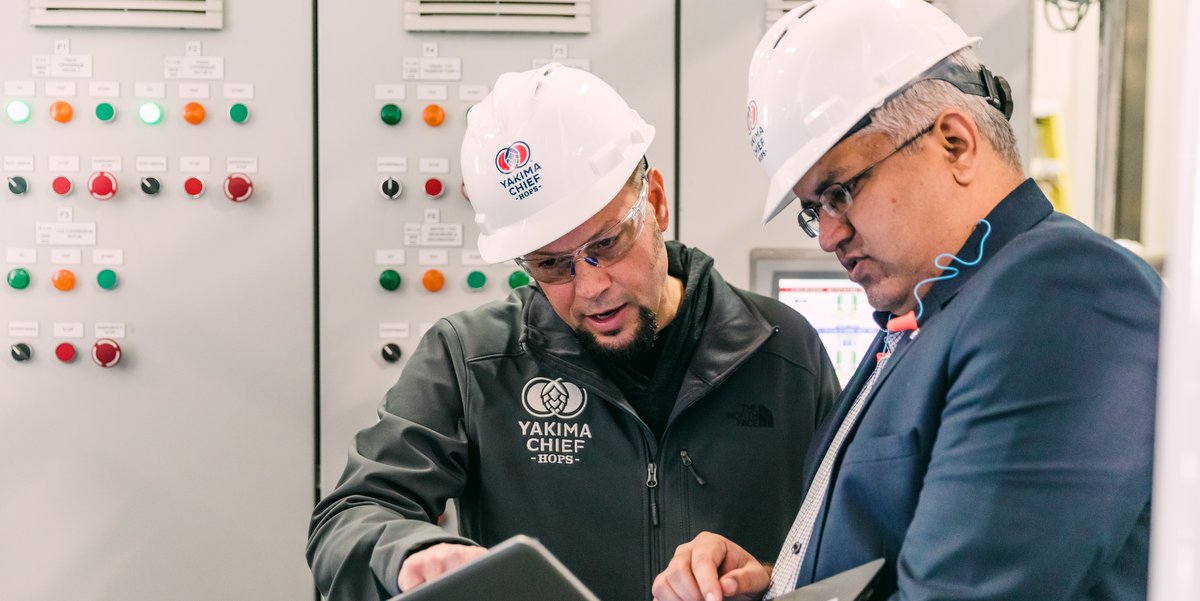The challenges posed by climate change to the hop industry, and by extension the craft beer industry, are undeniable. Just watch the video above, produced by Global hop specialist BarthHaas. It paints a worrying picture about the future of hops, and by extension the future of our planet. Luckily, with the resilience and adaptability demonstrated by hop growers, researchers and brewers, beer drinkers can remain hopeful that we can grow adaptable, ecofriendly ingredients for beer drinking generations to come.
Hops are delicate. They thrive in specific conditions, favoring temperate climates and particular lengths of daylight. Regions like the Pacific Northwest in the United States, parts of Europe and New Zealand have historically been prime hop-growing areas because of their optimal conditions. In the video above, Stephan Schinagl, head of purchasing at BarthHaas, explains how these optimal conditions are becoming unpredictable.
“Changes in climate with more frequent extreme weather conditions like heat waves and hot and dry weather conditions, especially during the growing season in the months of June and July, are affecting the hop plants and affecting the hop industry with more and more lower yields and lower alpha contents and lower oil contents,” says Schinagl in the video.
Hops require a significant amount of water, especially during the initial growth period. Changing rainfall patterns, with droughts becoming more common in certain regions, is putting stress on hop yields. Hops are sensitive to temperature variations. Warmer temperatures can accelerate the growth cycle, which might sound beneficial, but this rushed growth can adversely affect the quality of the hops, altering flavor and aroma profiles. According to this recently published paper titled: “Climate-induced decline in the quality and quantity of European hops calls for immediate adaptation measures:”
Accounting for almost 90% of all hop-growing regions, our results from Germany, the Czech Republic and Slovenia show that hop ripening started approximately 20 days earlier, production declined by almost 0.2 t/ha/year, and the alpha content decreased by circa 0.6% when comparing data before and after 1994 CE. A predicted decline in hop yield and alpha content of 4–18% and 20–31% by 2050 CE, respectively, calls for immediate adaptation measures to stabilize an ever-growing global sector.
We ran a pre-harvest report in August from Yakima Chief Hops, which noted many of its hop yards were blooming early.
“This year is a little funky,” said Joe Catron, director of grower services at Yakima Chief Ranches, in the video below. “A lot of things seem to be a little bit early. We’ve got several growers in Oregon and a few up in Washington already picking Centennial.”
What can hop growers do to combat lower yields, lower oils and alpha content, early blooms and changing weather patterns? In the BarthHaas video, Schinagl points out steps that BarthHaas is taking, including focuses on improved soil conditions, sustainable irrigation systems and new varieties that are adaptable to changing weather conditions.
Throughout the hop industry, scientists and farmers are collaborating to develop hop varieties that are more drought and pest-resistant without compromising on quality. From drip irrigation systems to innovative pest management (like using drones in the video below!), sustainable practices are being employed to tackle the challenges head-on. In response to all of this, brewers are widening their sourcing net, encouraging hop cultivation in non-traditional areas, which not only spreads risk but also can lead to unique flavor profiles.
From a story a few years back, John Mallett, then vice president of operations at Bell’s Brewery (he’s retired now), discussed embracing Michigan-grown hops (a non-traditional hop growing region that has emerged in the last decades).
“I think that the first big pitch for Michigan hops for me is the surety of supply,” said John Mallett, vice president of operations at Bell’s Brewery, which also grows two acres of hops next to its Comstock brewery. “Oregon had these wildfires very close to hop fields. There are some quality issues that could come up in terms of smoke damage. We need to think in terms of a long-range viable industry. If I’m buying bottles, I want to make sure I have multiple bottle vendors in case there’s a problem. So, I think it’s incumbent on all of us to kind of have that long range vision and to help diversify the supply chain. Second of all, I think that hops are very influenced by terroir.
“If I’m looking out across the world where hops are grown, there are certain parallels with great hop growing regions,” Mallett continued. “There’s an area located in the hop growing area of Germany [Tettanang] that is located next to a large lake [Lake Constance or “Bodensee“]. There are lots of cherries and apples grown there. The weather’s a little cooler. You contrast that with like Yakima or Idaho, things are very dry. Everything is irrigated. The soil types are different. So, in some ways, we may be closer to Germany than we are to Washington from a growing standpoint, and that is a positive.”
The repercussions of climate change on a single ingredient like hops serve as a bellwether, emphasizing the urgency for both farmers and beer businesses across many sectors to prioritize solutions. The hop industry is a worrying example of the tangible impacts that climate change will have on sector-specific value chains. These early fluctuations in hop yields and quality underscore much broader economic implications that extend beyond agriculture and beer. Climate change needs to be a focus for everyone involved, and we’ll do our part to keep pushing these issues to the top of the website.





Leave a Reply
You must be logged in to post a comment.